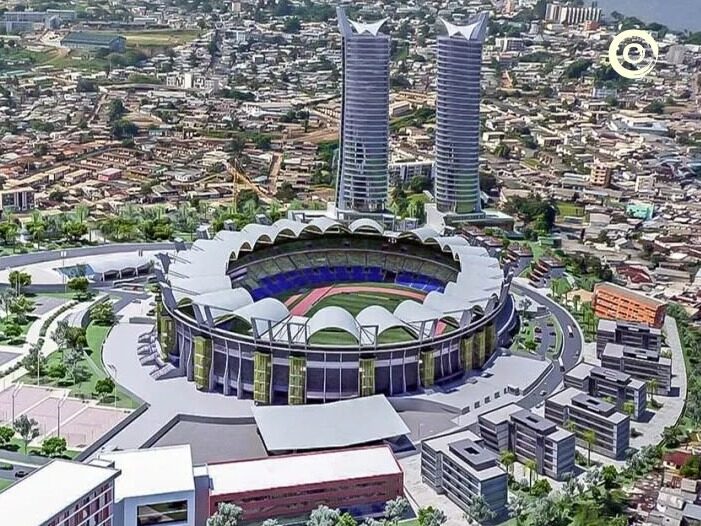- The successful implementation of the plan will achieve Budapest’s annual reduction of 60,000 tons of carbon dioxide emissions

The Budapest Development Center (BFK) of the Hungarian government announced the findings of the Budapest City Cluster Railway Strategy (BAVS), which aims to increase passenger traffic in the Budapest area by 80% by 2040 by identifying projects that can increase the capacity of existing lines .
The study was prepared in 2019 by a consortium consisting of Trenecon, Főmterv and the Transport Institute (KTI) at the request of the Prime Minister’s Office, the Ministry of Innovation and Technology, the Hungarian National Railways (MÁV) and BFK. It is funded by the European Union's European Connection Fund. As part of the strategy, a strategic environmental assessment was also prepared. The 60 measures of the plan cover service development, operation, urban development and legal issues, and are divided into short-term (2030) and long-term (2040) measures.
The goal is to provide a 20-minute travel time from the city center to Liszt Ferenc International Airport and to add 16 new stations to the network. The new lines and facilities will also save up to 1 hour and 10 minutes for freight services when traveling through the city. This strategy will reduce the average travel time of passengers by about 15 minutes, thereby saving the national economy 150 billion HUF (507.8 million US dollars). The 200-hectare railway property will also be restored.

Bavaris does not include the construction of new lines outside the city, and mainly discusses projects that have been proposed or approved. However, it provides a holistic view of the project and its combined effects. One of the main findings of the strategy is that Metro Line 5 and the tunnel connecting Nyugati Station and Déli Station (two of the three terminus stations in Budapest) are critical to achieving BAVS' goals.
Previously completed projects, such as the electrification and upgrade of the line to Esztergom, and the upgrade of the line to Székesfehérvár, all show that the number of passengers may double if there is fast and convenient service.
The strategy recommends providing suburban rail services of 15 minutes or less throughout the day and transferring to at least 3 of the city’s 4 subway lines. This will require increasing the number of suburban trains during the morning rush hour from 42 to 93, which the current terminal cannot handle, and adding other tracks along certain routes. A joint fare system suitable for suburban railway and public transportation services is proposed.
Upgrade to Hyundai EMU
It is recommended to upgrade the fleet to a modern EMU. The station will also have more parking and ride facilities and improve bus connections.
The government is embarking on a $2 trillion Flint project to develop the Southern Railway Line, which will introduce S-Bahn-style services to the main line between Kelenföld and Ferencváros by adding more tracks and new stations. Much of this work has been prepared, and the third new bridge across the Danube is already under construction. Editor/Xu Shengpeng
Comment
 Praise
Praise
 Collect
Collect
 Comment
Comment
 Search
Search














Write something~